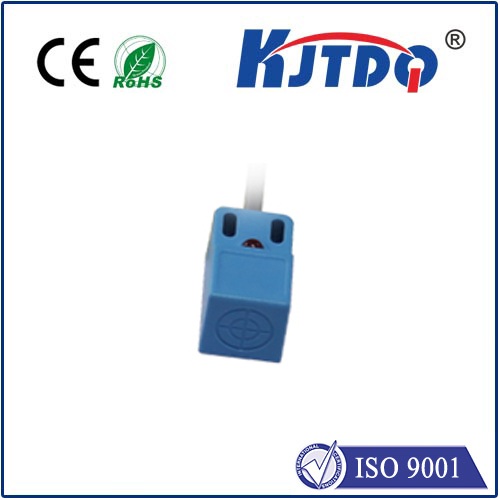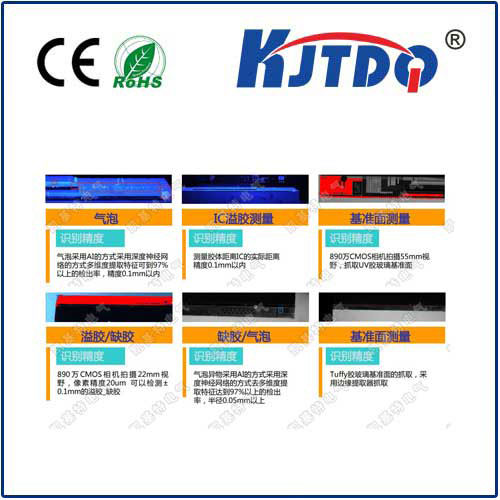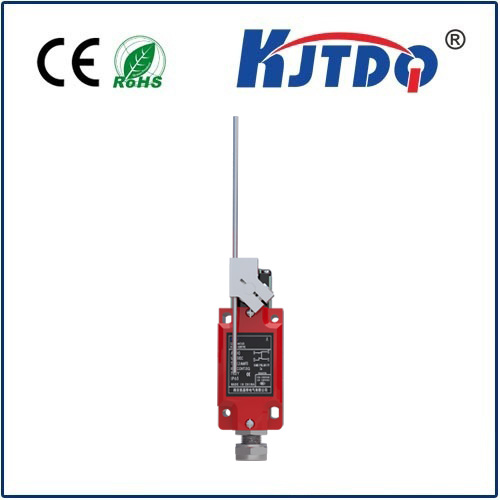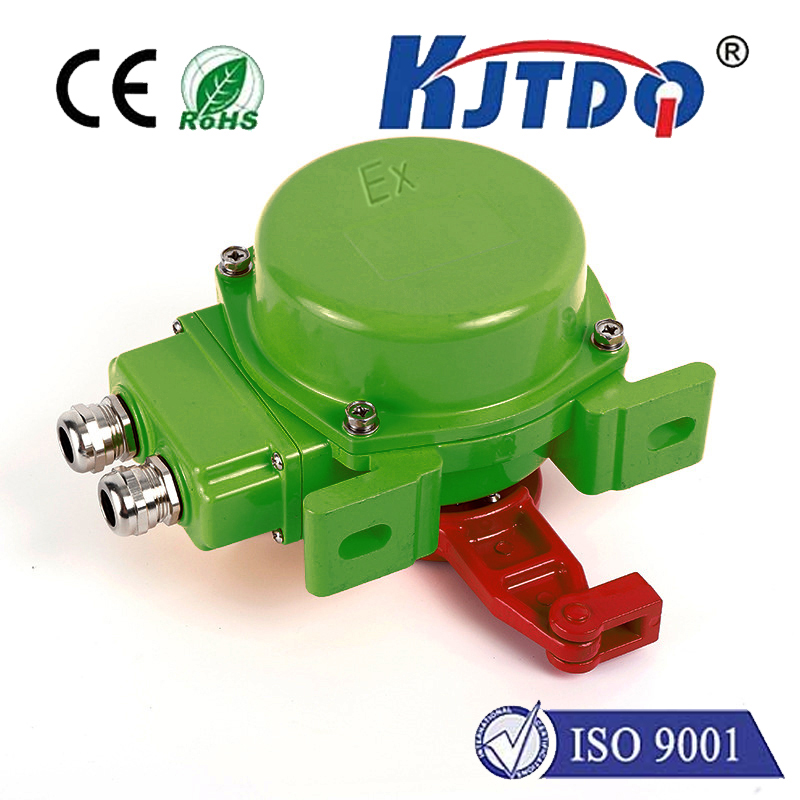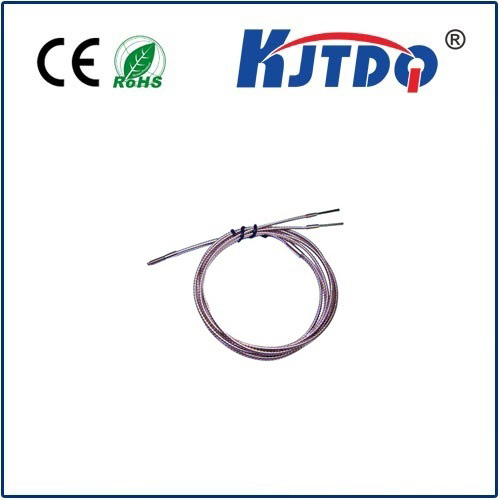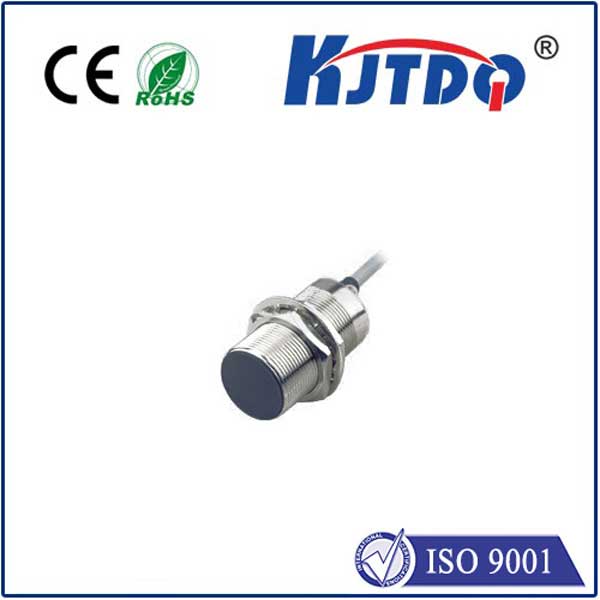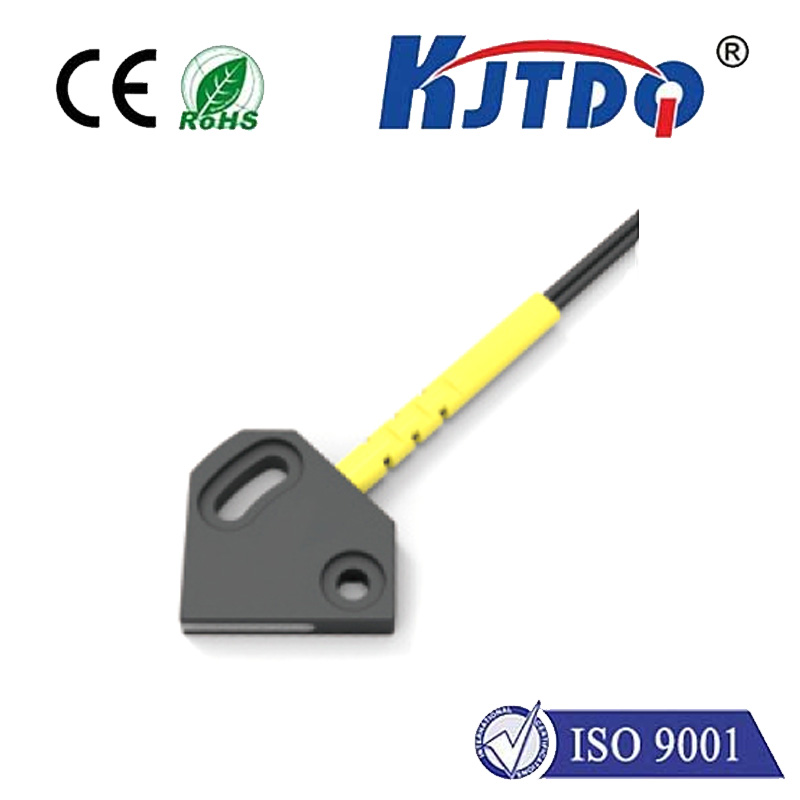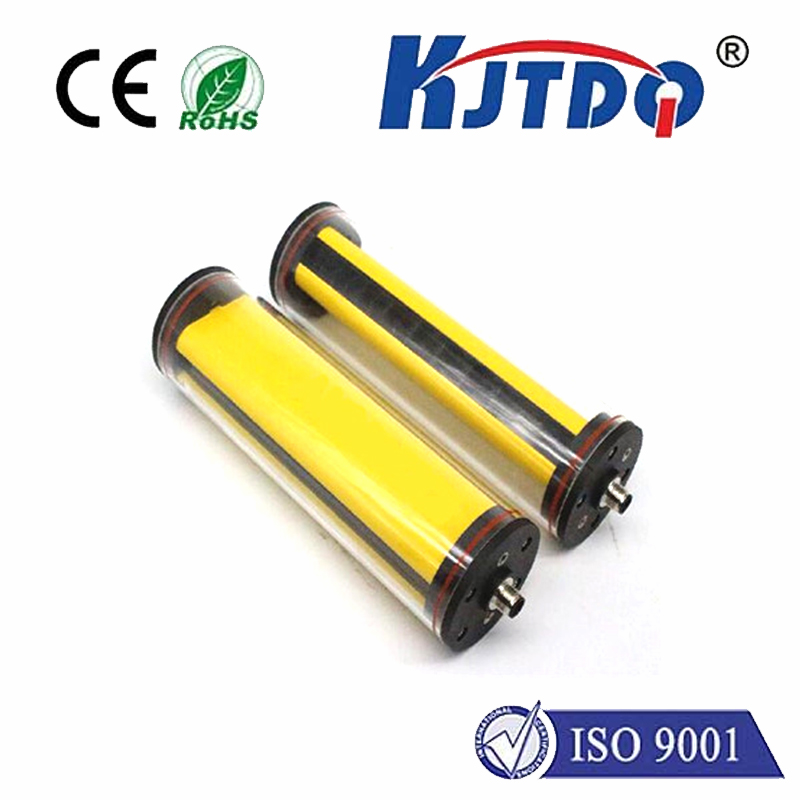
check

check

check

check

Title: Understanding the CT-107 Tilt Switch Control Unit: A Comprehensive Guide In modern industrial settings, the need for reliable and precise control mechanisms is paramount. One such innovative device that has garnered attention in various industries is the CT-107 Tilt Switch Control Unit. This article delves into the intricacies of this sophisticated piece of technology, elucidating its functionality, applications, and benefits to provide a comprehensive understanding for potential users and enthusiasts alike. The Essence of the CT-107 Tilt Switch Control Unit At its core, the CT-107 Tilt Switch Control Unit is an advanced electronic device designed to monitor and control the tilt angle of machinery or structures. It integrates a highly sensitive tilt switch with a control unit, allowing for real-time detection and response to angular displacement. The unit’s primary function is to ensure stability, safety, and optimal performance by automatically adjusting or shutting down operations when predefined tilt thresholds are exceeded. Key Features and Functionality The CT-107 boasts several notable features that distinguish it from conventional tilt sensors. Firstly, its high accuracy and sensitivity make it ideal for applications where even minute changes in tilt angle can have significant consequences. Secondly, the control unit comes equipped with user-friendly interfaces, enabling seamless integration with existing systems and facilitating easy calibration and monitoring. Additionally, the device offers customizable tilt thresholds, empowering operators to tailor its responses according to specific operational requirements. Another remarkable aspect is its robust build quality. Encased in durable materials, the CT-107 is designed to withstand harsh environmental conditions, including vibrations, shocks, and extreme temperatures, ensuring uninterrupted performance in demanding industrial environments. Applications Across Industries The versatility of the CT-107 makes it suitable for a myriad of applications across diverse sectors. In construction, it plays a crucial role in leveling heavy machinery and ensuring structural integrity during lifting operations. In manufacturing, it helps maintain the precision of CNC machines and assembly lines by detecting any deviation in tool alignment or workpiece positioning. In the transportation industry, particularly in railway and aerospace, it ensures the safety and stability of vehicles and aircraft during takeoff, landing, and operation. Furthermore, the CT-107 Tilt Switch Control Unit finds applications in agriculture for monitoring the tilting of harvesting equipment, in maritime for stabilizing ships and offshore platforms, and even in renewable energy sectors like wind turbines for optimizing blade orientation based on wind direction. Advantages for Users Investing in the CT-107 Tilt Switch Control Unit brings forth a multitude of advantages. Primarily, it enhances safety by preventing accidents caused by excessive tilting, protecting both personnel and equipment. It also contributes to increased productivity through minimized downtime and optimized operational efficiency. By providing real-time data and alerts, maintenance can be scheduled proactively, reducing wear and tear on machinery. Moreover, the adaptability of the CT-107 facilitates easy upgrades and expansions in control systems, making it a future-proof investment. Its energy efficiency further adds to cost savings, as unnecessary power consumption during unattended operations is curtailed. Conclusion In conclusion, the CT-107 Tilt Switch Control Unit stands as a testament to technological advancement in tilt monitoring and control. Its precision, durability, and adaptability render it indispensable across various industries where maintaining stability and safety is critical. As industries continue to evolve towards automation and smart systems, the CT-107 will undoubtedly play a pivotal role in enhancing operational reliability and efficiency, solidifying its position as a must-have component in modern industrial setups.

